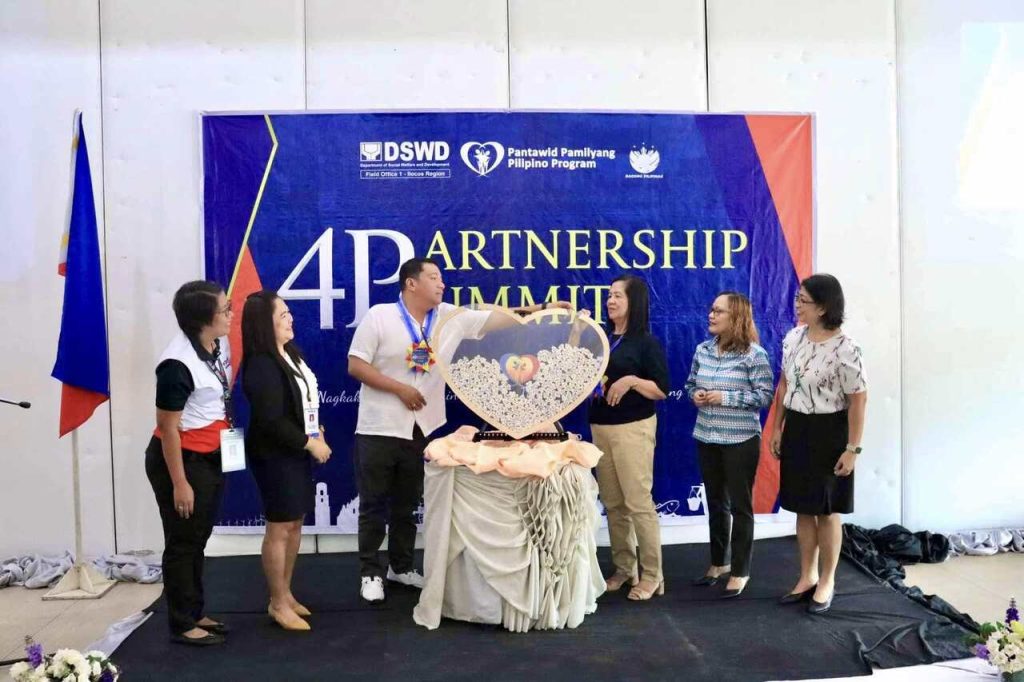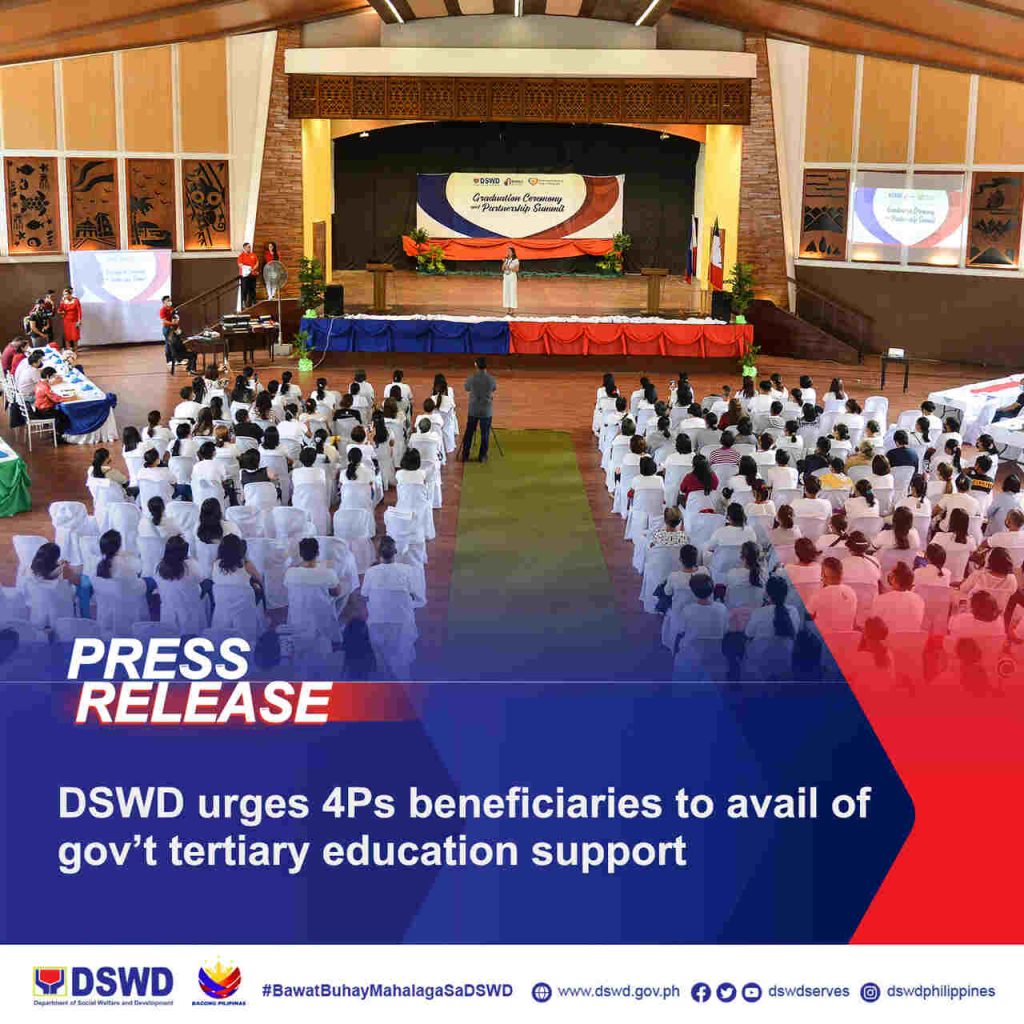The Pantawid Pamilyang Pilipino Program (4Ps) is a Philippine government initiative managed by the Department of Social Welfare and Development (DSWD) aimed at reducing poverty by providing conditional cash transfers (CCT) to impoverished families. This grant is designed to support the health, nutrition, and educational needs, in an attempt to help these families break the cycle of poverty. Understanding the application, selection process, and requirements is essential for those who want to qualify for this government-backed financial assistance.
Being a part of 4Ps provides significant financial aid, but beneficiaries must meet eligibility criteria and maintain compliance with program rules. In this article, we’ll explain how one becomes a 4Ps beneficiary, including the requirements, registration, selection, payout process, and how to maintain and update the 4Ps registration.
Scope and Coverage of the 4Ps Program
The Pantawid Pamilyang Pilipino Program (4Ps) is a nationwide poverty reduction and social assistance program aimed at supporting the basic health, nutrition, and educational needs of impoverished Filipino households. The program provides conditional cash transfers to qualified families across all regions, focusing on those identified as poor or near-poor by the Philippine Statistics Authority (PSA) through the DSWD’s National Household Targeting System for Poverty Reduction (NHTS-PR). Through financial aid and family support services, 4Ps aims to break the cycle of poverty by empowering families towards long-term socio-economic improvement.

Who Can Become 4Ps Beneficiaries?
The 4Ps program targets specific groups in need of financial assistance. Potential eligible beneficiaries include:
- Poor households identified through the NHTS-PR: Households are selected based on income and living conditions data from NHTS-PR, identifying families living below the poverty line.
- Farmers and fisherfolk: Families relying on farming or fishing as their primary source of income, who often face seasonal or irregular earnings, are eligible for assistance.
- Homeless families: Households without stable or adequate housing, who are highly vulnerable to poverty, qualify for support under the program.
- Indigenous peoples (IPs): Indigenous communities, often residing in isolated or underserved areas, are prioritized to ensure they receive equal access to essential resources and opportunities.
- Informal settlers: Families living in unauthorized or temporary housing without legal security often face unstable living conditions, making them eligible for aid.
- Persons with disabilities (PWDs): Households with disabled members may qualify as they frequently face additional financial and health challenges that contribute to poverty.
- Residents of geographically isolated and disadvantaged areas (GIDAs): Families living in remote or underserved areas, where access to services is limited, are included to bridge geographical disparities.
- Households without access to electricity: Families without electricity face restricted educational and economic opportunities, making them eligible for the program’s benefits.
- Pregnant women and families with children aged 0-18 years: These households are targeted to ensure children receive the necessary health and educational support for improved long-term well-being.
Though these groups are the target beneficiaries of the program, not all of them actually become beneficiaries. The program employs a stringent selection procedure and also requires meeting specific qualifying conditions and procedures.
Selection Process
The 4Ps program selects eligible households through the NHTS-PR, which identifies potential beneficiaries based on poverty indicators. These indicators assess a household’s income, living conditions, and location. Priority is given to certain vulnerable groups, including farmers, fisherfolk, homeless families, and indigenous peoples. The selection process also considers families residing in geographically isolated and disadvantaged areas (GIDAs) and those with members who are pregnant or under 18 years old.
Qualifications
Vulnerable households identified via the NHTS-PR must still meet three eligibility requirements:
- Be classified as poor or near-poor by the Philippine Statistics Authority (PSA).
- Have a member aged 0-18 or a pregnant family member.
- Be willing to comply with 4Ps conditions, which are formalized through an oath of commitment.
Requirements
To qualify, households need to meet the program’s income and situational requirements, ensuring they genuinely need assistance. Proof of residency, identification documents, and other supporting papers may be required during community assemblies for registration. Essential health and education documents should also be available, as future compliance checks depend on these records. Compliance involves fulfilling health, nutrition, and education standards set by the Department of Health (DOH) and the Department of Education (DepEd).
Conditions
Conditions of the program include:

- Health Requirements: Pregnant women must attend pre-natal and post-natal check-ups, and children under five need regular health visits, immunizations, and deworming.
- Education Requirements: Children aged 3-18 must be enrolled in school and attend at least 85% of classes monthly. Family members must also participate in Family Development Sessions (FDS) to enhance parenting skills and family values.
Registration Procedures
Registration is a community-based activity where eligible households are notified and given details about the program. The registration process involves the following:
Step 1: Verification of household data and an orientation to familiarize the family with program responsibilities.
Step 2: During registration, families sign an agreement pledging to meet program conditions.
Step 3: They are also registered in the government’s financial institutions or designated banks to facilitate payouts.
Step 4: After registration, households receive an identification card to confirm their inclusion in the program.
Step 5: This phase includes setting up a Household Intervention Plan (HIP), which outlines the household’s obligations and specific goals within the 4Ps framework.
Payout Process

The cash grants under 4Ps are issued bi-monthly based on household compliance with health and education requirements. The cash grant covers health, nutrition, and educational expenses, with a maximum of three children per household receiving support. The grant amounts are as follows:
- Health and Nutrition Grant – PHP 750 per month per household: This grant supports the nutritional and healthcare needs of all household members, with a focus on pregnant women and young children, to promote healthy development.
- Education Grant for Daycare and Elementary Students – PHP 300 per child per month (up to 10 months per year): Designed for children aged 3-12 in daycare or elementary school, this grant encourages regular school attendance and helps cover school-related expenses.
- Education Grant for Junior High School Students – PHP 500 per child per month (up to 10 months per year): This benefit aids families in supporting children aged 13-16 in junior high, ensuring students remain enrolled and continue their education.
- Education Grant for Senior High School Students – PHP 700 per child per month (up to 10 months per year): For students aged 17-18 in senior high, this grant assists families with higher school expenses and encourages students to complete their schooling.
- Rice Subsidy – PHP 600 per month per household: Provided to households that meet health or education compliance requirements, this additional aid helps families with basic food needs.
- Emergency Cash Transfer (varied amount as per disaster): During times of national crises or disasters, such as typhoons or pandemics, households may receive additional financial support to help cover immediate needs.
Payments are released through various methods, including cash cards, over-the-counter services, and digital transaction accounts, depending on the family’s location and access to banking facilities. The Landbank of the Philippines typically handles these disbursements. These benefits are also conditional, requiring families to adhere to 4Ps health, education, and attendance guidelines.
Maintaining and Updating Registration
4Ps beneficiaries are required to update household information regularly, especially if there are significant changes like a new birth, relocation, or a child entering school. Regular updates help maintain accurate records for the program’s Compliance Verification System (CVS), which tracks beneficiaries’ adherence to 4Ps requirements. Failure to meet program conditions can result in suspension or reduction of benefits.
Beneficiaries can also face eligibility re-assessments every three years through the NHTS-PR. Households may exit the program if their circumstances improve, or if children complete their education. In these cases, beneficiaries might receive referrals to other government services or programs for further assistance in achieving self-sufficiency.
Video: How to Become a 4Ps Beneficiary?
Watch this video from ProMag TV and find out the actual procedures on how to become a part of the 4Ps program in the Philippines. The video also answers common questions regarding 4Ps, including whether it is necessary to apply for this program as well as the steps involved in the registration and payout processes.
Summary
Becoming a 4Ps beneficiary requires meeting eligibility criteria focused on income level, family composition, and a willingness to comply with health and education conditions. Registration and payout are structured to ensure the program’s integrity, with payments distributed regularly based on compliance. By staying updated on program rules and maintaining accurate records, households can maximize their benefits and take meaningful steps towards financial independence.
